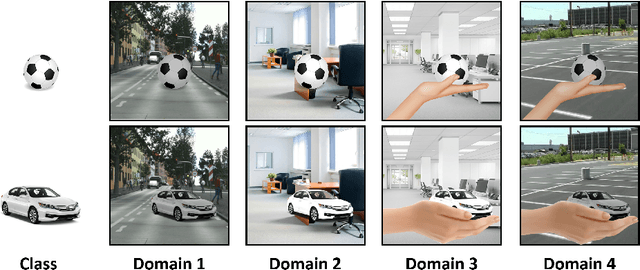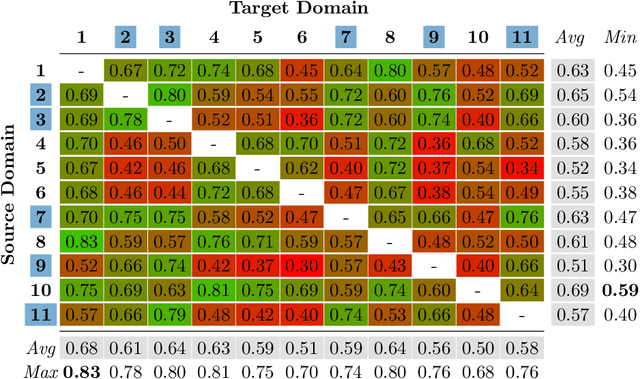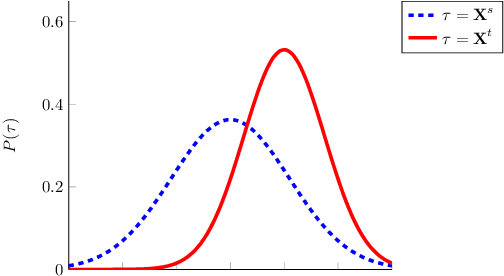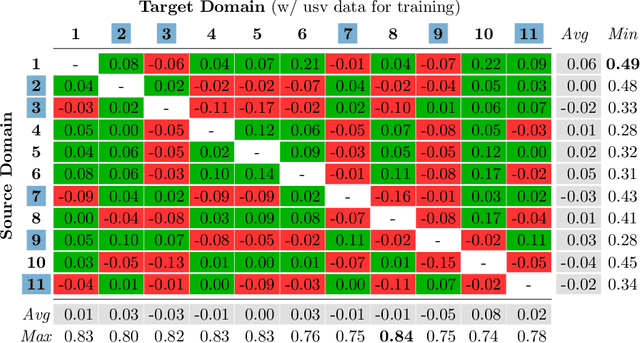Sebastian Schrom
Improved Multi-Source Domain Adaptation by Preservation of Factors
Oct 16, 2020



Abstract:Domain Adaptation (DA) is a highly relevant research topic when it comes to image classification with deep neural networks. Combining multiple source domains in a sophisticated way to optimize a classification model can improve the generalization to a target domain. Here, the difference in data distributions of source and target image datasets plays a major role. In this paper, we describe based on a theory of visual factors how real-world scenes appear in images in general and how recent DA datasets are composed of such. We show that different domains can be described by a set of so called domain factors, whose values are consistent within a domain, but can change across domains. Many DA approaches try to remove all domain factors from the feature representation to be domain invariant. In this paper we show that this can lead to negative transfer since task-informative factors can get lost as well. To address this, we propose Factor-Preserving DA (FP-DA), a method to train a deep adversarial unsupervised DA model, which is able to preserve specific task relevant factors in a multi-domain scenario. We demonstrate on CORe50, a dataset with many domains, how such factors can be identified by standard one-to-one transfer experiments between single domains combined with PCA. By applying FP-DA, we show that the highest average and minimum performance can be achieved.
 Add to Chrome
Add to Chrome Add to Firefox
Add to Firefox Add to Edge
Add to Edge